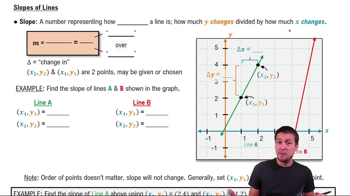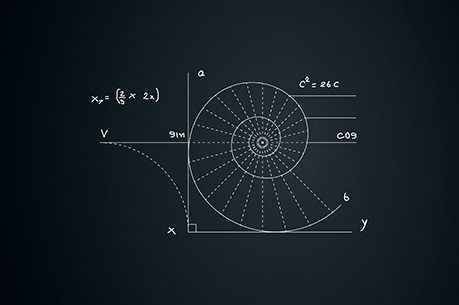My course

Precalculus



Start Learning and Practicing Precalculus with Patrick - Your Online Course Tutor!
- Concept Video2:01Introduction to Precalculus Channel0. Fundamental Concepts of Algebra / Algebraic Expressions
- Concept05:09Introduction to Algebraic Expressions0. Fundamental Concepts of Algebra / Algebraic Expressions
- Concept03:11Evaluating Algebraic Expressions0. Fundamental Concepts of Algebra / Algebraic Expressions
Most popular topics of the week
Community
- CP@CP_3610871Update 4 days ago
Why is the domain of g(x) including the value on the division side but not the multiplication side?
0up votes•1replies - RN@RobertUpdate 16 hours ago
Hi there! Thank you for pointing out the issue. Please edit the numbers on the y-axis of your graph.
0up votes•0replies - RN@RobertUpdate 16 hours ago
Hi there!
1) If a function rejects some domain values, the composed function rejects the same domain value where one function is undefined.
Example: Use f(x) given in the video and g(x) = with a domain x + 2 ≥ 0 OR x ≥ -2 OR [-2,∞) since the radial rejects negative values; then has a domain [-2,∞).
Even though f(x) is defined for all values of x, the g(x) can't be negative; x can be less than -2.
2) In addition to rule 1 above, a quotient function rejects domain values that make denominator zero.
The division f(x)/g(x) rejects a zero denominator. g(x) has a denominator x + 2 > 0 OR x > -2 OR (-2,∞) since denominator further rejects the zero value.
0up votes•0replies














